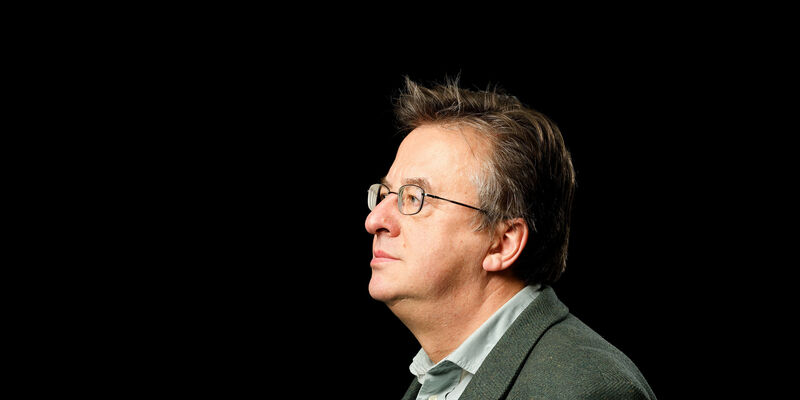Kiss, Bow, Or Shake Hands?
These forms of greetings are actually the title of a book that reviews various business practices and greeting forms in about 60 countries. Needless to say, such general informative books are quickly outdated. But not so when it comes to greeting practices, the topic I want to tackle in this first column at the beginning of this new year 2016.
At this time of the year people greet each other again after the holiday season and wish one another a happy new year. What happens in the Netherlands? Let’s start with the simplest aspect: bowing. This greeting is not used much in egalitarian Dutch society, only when showing utmost respect on special occasions based on religious or formal etiquette codes. So certainly not in use when wishing your friend or colleague a ‘Happy New Year’.
But now the tricky part: kiss or shake hands? Generally speaking, the Dutch are not physical communicators. They keep a clear distance between each other when speaking to one another, with very little physical contact. In comparison: two French people sitting in a café talking apparently touch each other about 110 times in one hour, while two Dutch people hardly do it at all! More about that admirable French touching later… So, many Dutch people suffice with a (firm) handshake when you meet them in the first days of January. Only relatives, friends and close colleagues will venture going for the kiss. How many times? Traditionally three times, starting the ritual on the left side. And beware… unlike in many other cultures, only women with women and women with men exchange kisses (so not men together). Interestingly, young people now practice the ‘knussel’: one kiss only and a hug, which looks like the traditional US American greeting.
People in other cultures have quite different habits in greetings, ranging from hardly any contact at all (much of Asia) to big abrazos in Latin-America. Take the neighboring Belgians: they usually seal the encounter with just one kiss, which seems rather cold and distant for the physical French who produce between one to five kisses depending on the region. See this map for an overview.
Back to the Dutch: in general they face this greeting dilemma on two occasions: in early January and at birthdays throughout the year when congratulating the birthday boy or girl. Otherwise it is a handshake, but only on formal occasions; so on a daily basis, no handshake, only a verbal greeting, unlike the French again, those notorious all-around hand shakers and comprehensive kissers.
So before you go abroad, check the book mentioned above or see A Brief History of Kissing Across Cultures. This will prevent you from making a cultural faux-pas like this or that!

Discussion